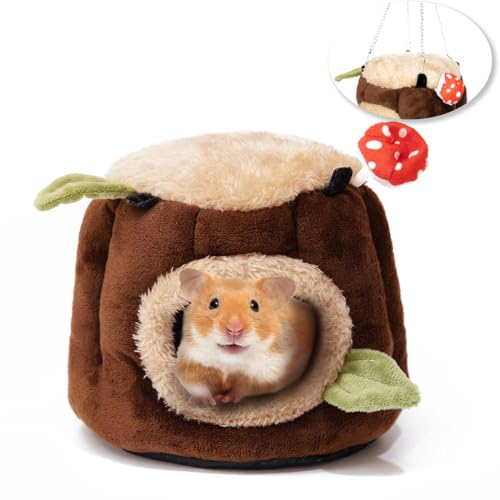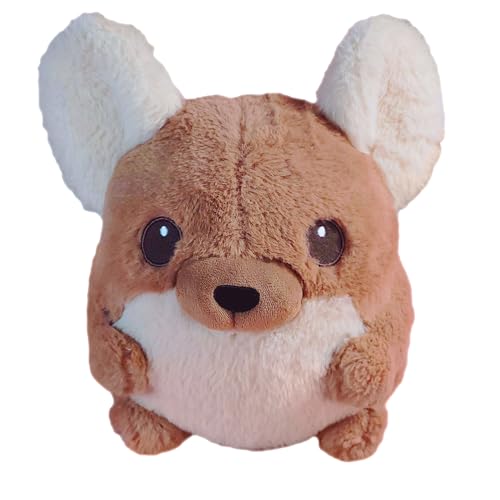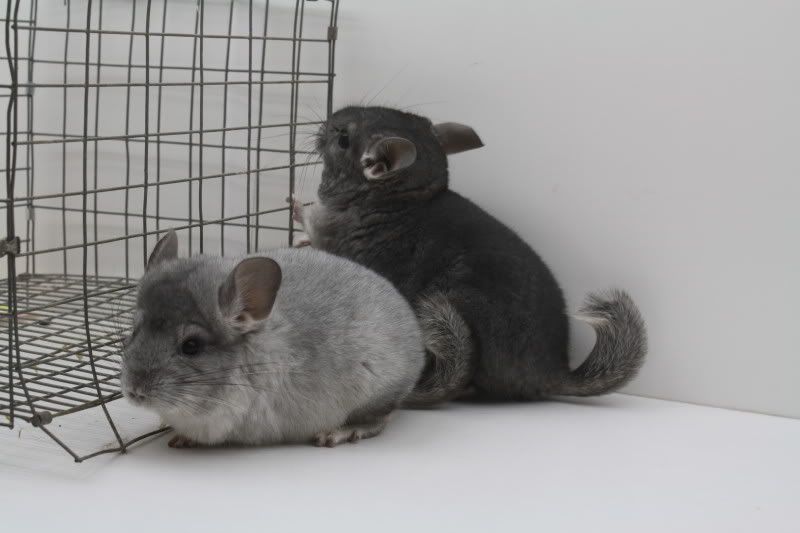chinchillalover0927
to many chin chips??
Tara,
What are you meaning by "regular white gene " I undersyand that some Mosiac who have the tov are heavily veiled and show the tov. Then on the other hand they have the whites who carry the tov that you don't see it in tbem at all. what makes the tov hidden Is what I'm curious to understand ? Like i said the sire I had to me was an obvious tov at a young age but if he was seen as an adult you would never notice the tov expressed in him. I only knew because of him throwing a black velvet kit who was actually the white kits brother . I know that the black and white hide tov good but why do they hide it so well ?
What are you meaning by "regular white gene " I undersyand that some Mosiac who have the tov are heavily veiled and show the tov. Then on the other hand they have the whites who carry the tov that you don't see it in tbem at all. what makes the tov hidden Is what I'm curious to understand ? Like i said the sire I had to me was an obvious tov at a young age but if he was seen as an adult you would never notice the tov expressed in him. I only knew because of him throwing a black velvet kit who was actually the white kits brother . I know that the black and white hide tov good but why do they hide it so well ?
Nice baby! I agree with thinking you've got the white gene running [B][/B]around there.
Just for kicks - I had a Tov Pinkwhite with a white tail. No way they'd let her into the white class though.
For those who don't see a lot of chins, the general rule of mosaics is that they lighten with age. This is the case for 85% of them. Any coloration change is due to the veiling coming in and them losing their baby fur over several primes. When you introduce Tov it can darken them as it comes in over their lifetime, then fade again if you have that regular white gene.
There is another line of white that always darkens with age and allows the base color to show through, this is the line I work with. You'll know if you've got one, they're usually very strikingly marked and the babies darken or retain dark markings with age.
Does anyone else work with a darkening line?





















































